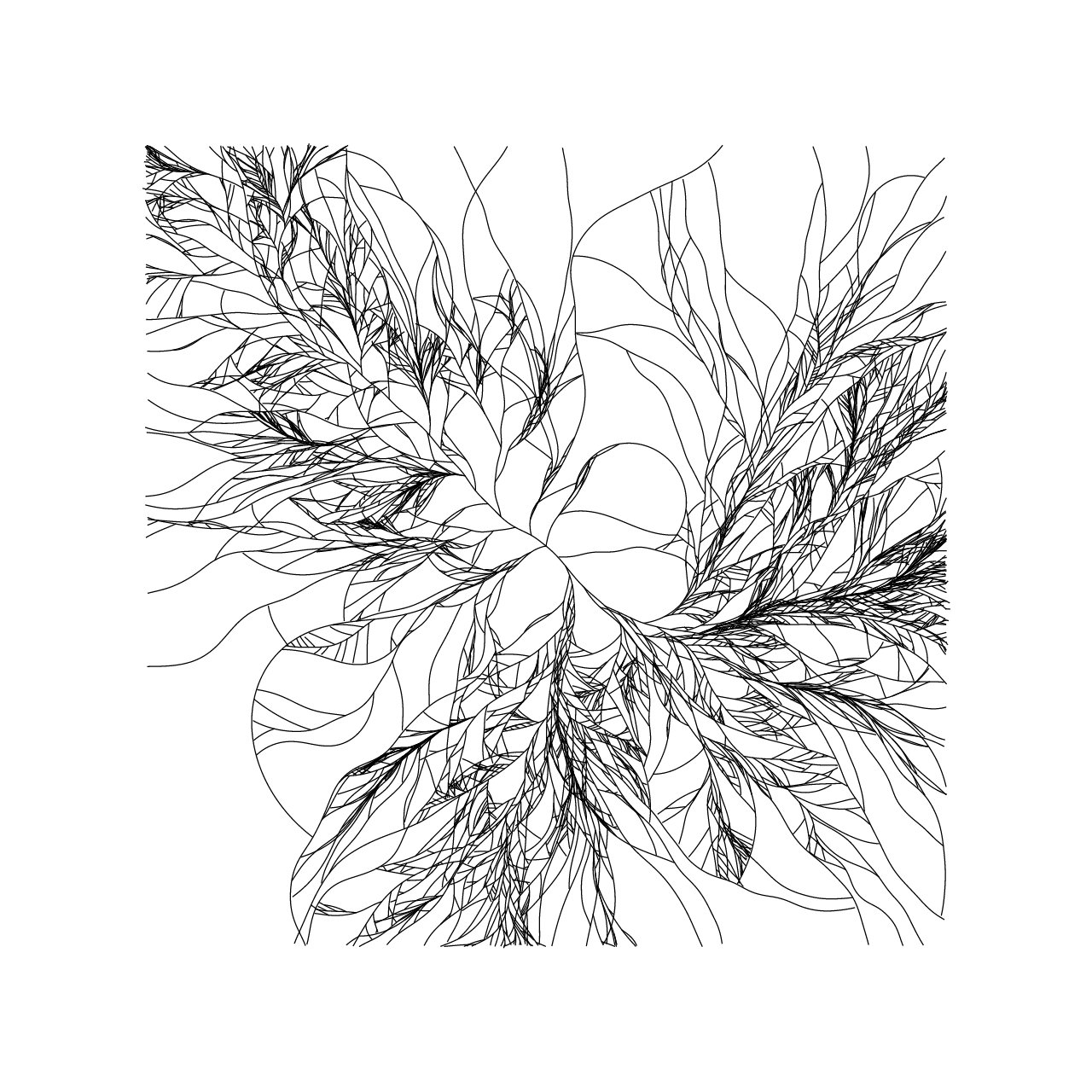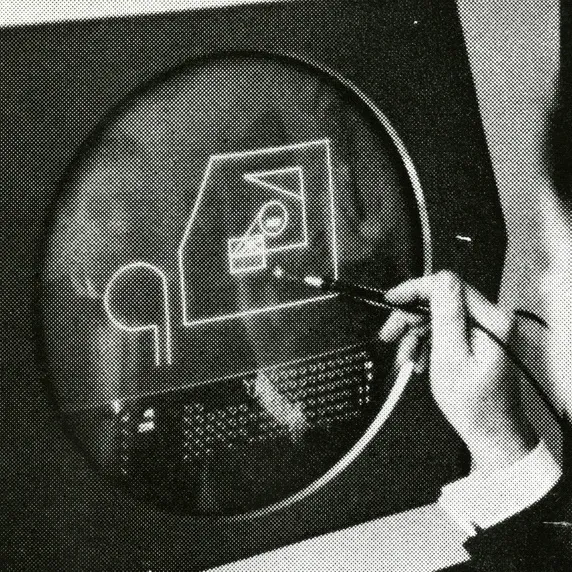

























This class investigates the intersection of drawing and computation — exploring not only the roots of gestural input and computer assisted drawing but more broadly how we can use drawing as a vehicle for understanding computation and expanding our notions of what a computer can do. Key questions we will be studying include:
The class will explore generative drawing, including rule based systems, as well as the history of digital drawing tools, the relationship of drawing and codoing, as well as look at how artists use drawing as a way of understanding and explaining computational processes. We will focus on input / output systems — how we can get movement information into the computer through both traditional (mouse, stylus) and less traditional means, transform gestures and display those transformations. In addition we will investigate the interaction of drawing and machine learning. The final section of the class will explore future scenarios for drawing: what do future computational drawing tools look like with an eye towards building expressive, playful and engaging interfaces that extend and amplify human creativity. A full syllabus will be discussed during the first class.
We will have weekly homework and weekly readings, as well as a final project.
Throughout the class we will be doing a series of drawing and code assignments. Code examples will be provided in C++ and in javascript but computational homework can be done in any language you feel comfortable with. Asynchronous technical lectures will also be provided.
Please note that this class meets in a hybrid manner – Half the classes will be in person, and half will be online. A full schedule will be discussed during the first class.
Students will be encouraged through this class to begin a practice of generative visual sketching in whatever framework they feel comfortable in. Some familiarity with coding will be helpful.
An overview of a previous iteration of this class


Here are examples of some of the topics we will be exploring:
Grading will be derived from the following formula:
There are no prerequisites but please note this class will involve coding in a variety of tools like Processing / p5.js / openFrameworks / Python so some familiarity or comfort with programming will be helpful. Introductory workshops will be provided if necessary. Code examples will be provided in c++ / openFrameworks / p5js. Homework can be completed in any tools students feel comfortable in.
Please contact Zach Lieberman (zachl@media.mit.edu) with any questions about the class, requirements, materials, or schedule.
This class will have 2 hour sessions weekly, as well as asynchronous videos explaining technical concepts which are approximately 1 hour (per week). We will use:
Please note that for online classes we will have an inclusive zoom policy - we realize that students may not have a quiet space or not always be able to be on video, be dressed professionally, or be sitting at a desk. Zoom shouldn't be stressful, we will work together to make these virtual spaces welcoming.
Also please let us know if there are any accessibility concerns.


(please note these are comments about another course I teach, Recreating the Past, but included here in case helpful. This class follows a similar style and approach.)
“the works we recreated are so relevant to the designs we see in our everyday walk down the street or strut through an exhibit. I look at fonts and typography
and placement on posters. I analyze digital aesthetic structures with a more informed eye because I learned the how/what/why of appreciating the past.”
Oceane Boulais (MIT)
“Zach’s teaching style is refreshing
as it blends discussions about different artistic perspectives with some practical coding tips to help us materialize our ideas.”
Joanne Leong (MIT)
"Most motivating class that I ever took, and I had 2 masters."
Cedric Honnet (MIT)
"History is
not a passive subject you simply consume, but an active form, something you “do,” and this was one of the only classes I’ve ever been in that seemed to not only understand that, but revel in it.”
Max Neely Cohen (SFPC)
"It was an engaging introduction to the history of computational art that helped orient my search for more inspiration in the space.
Most importantly [it] reminded me of the creative possibility of mathematical and algorithmic thinking in the context of art.”
Bomani Oseni McClendon (SFPC)